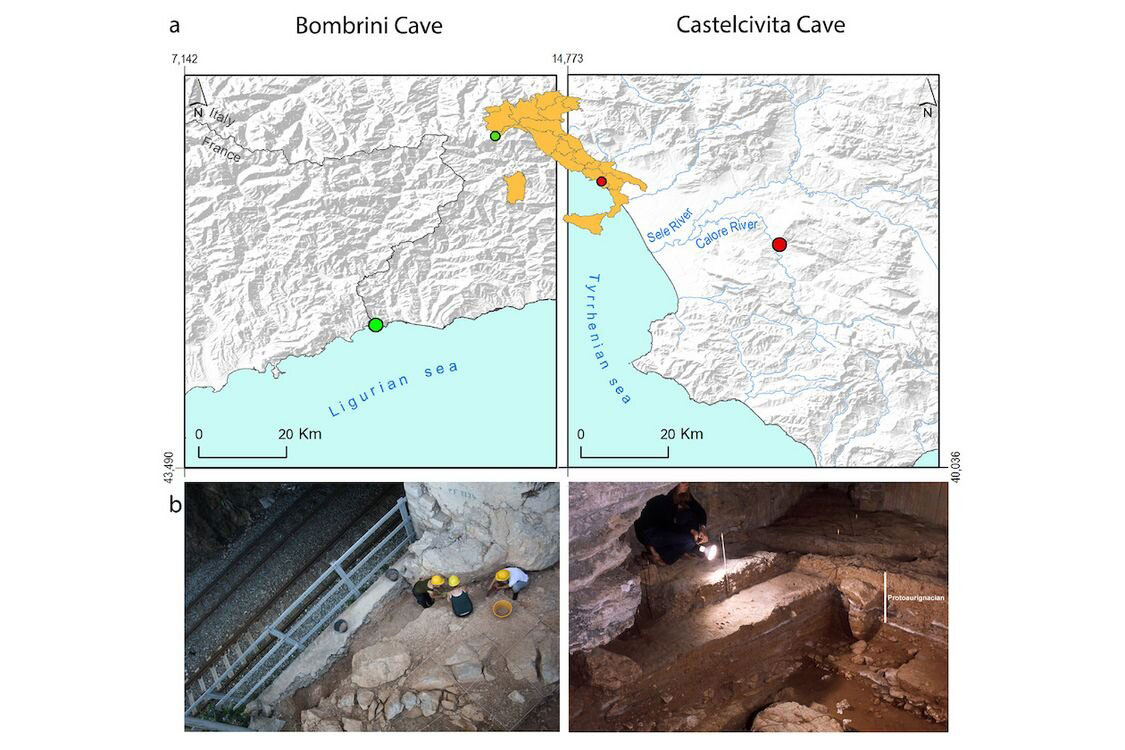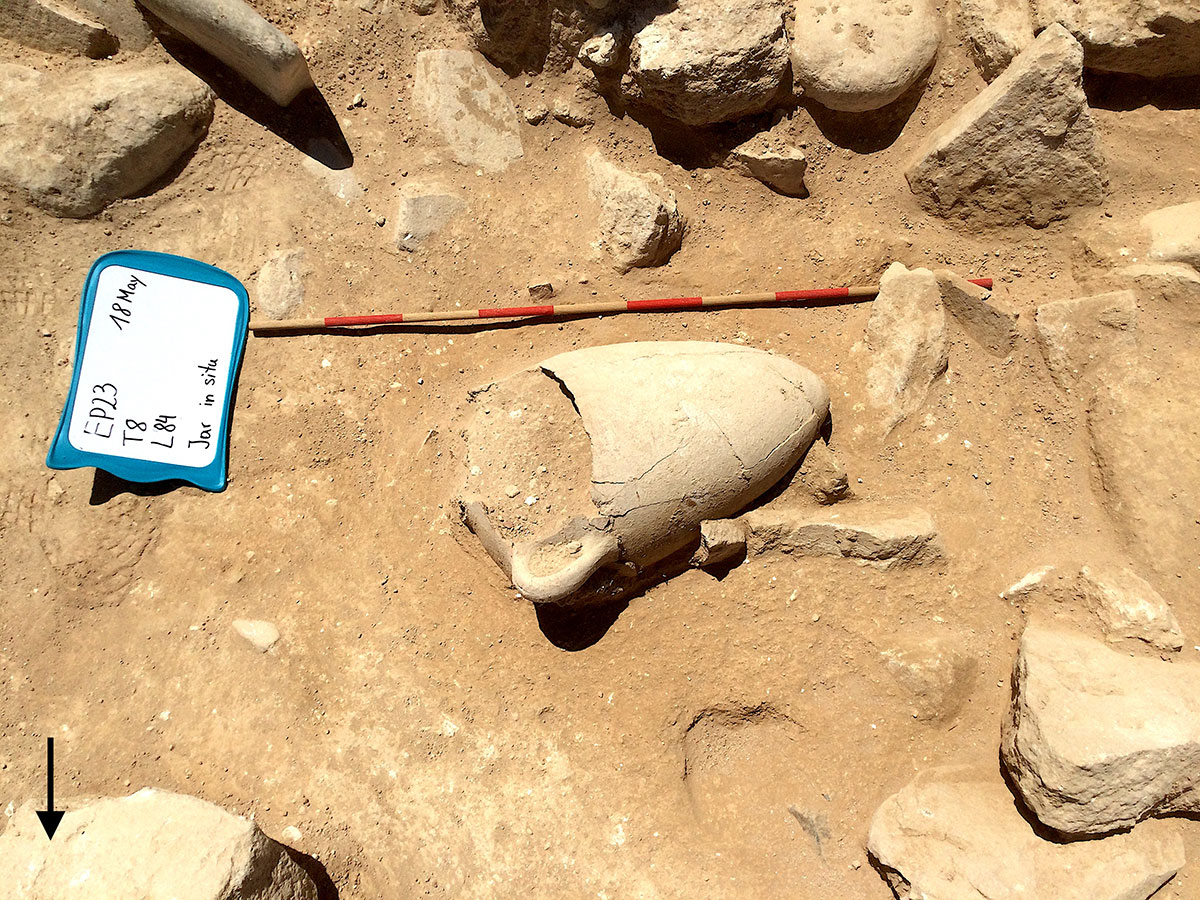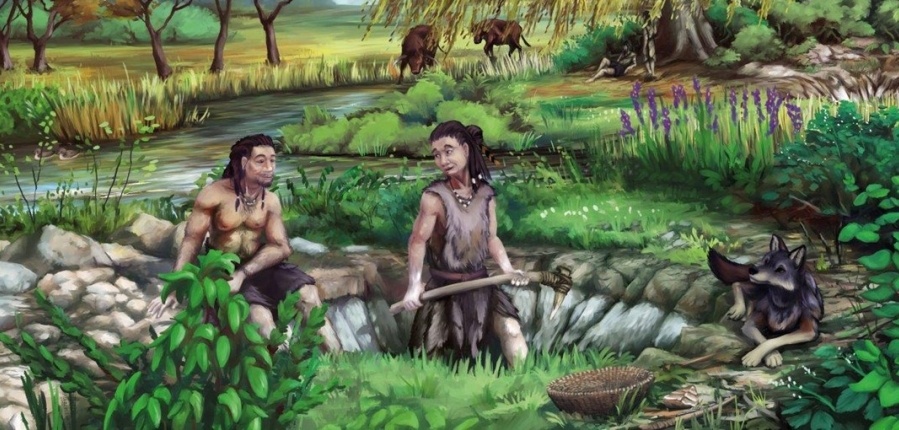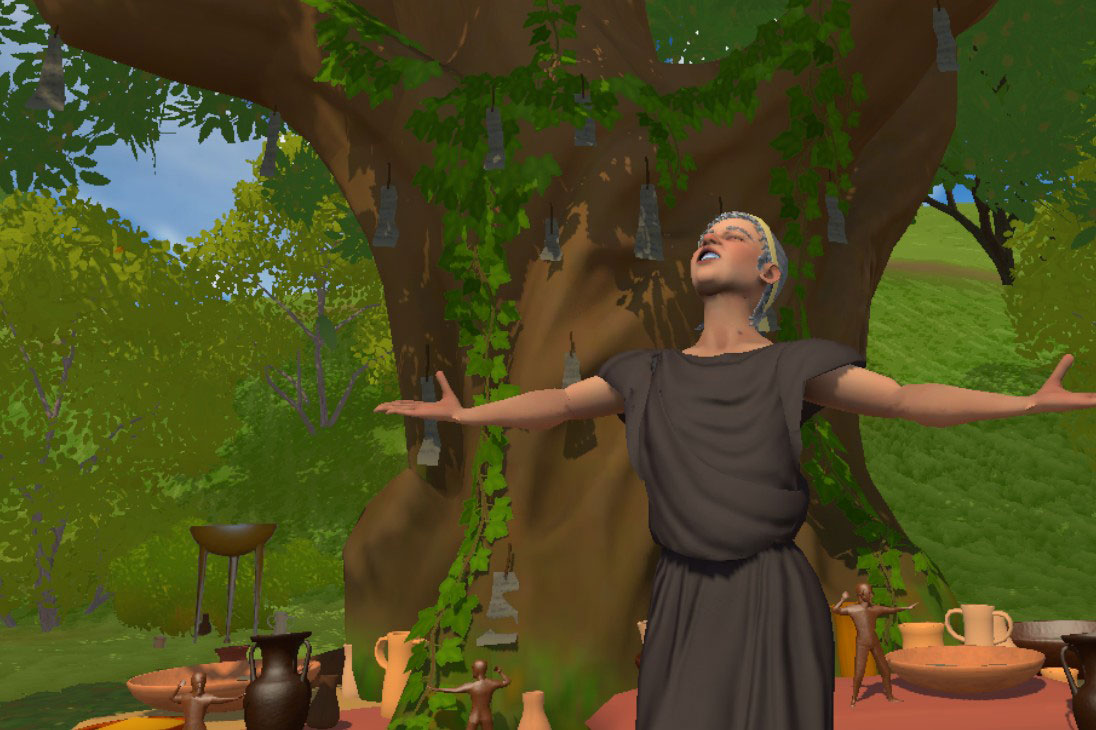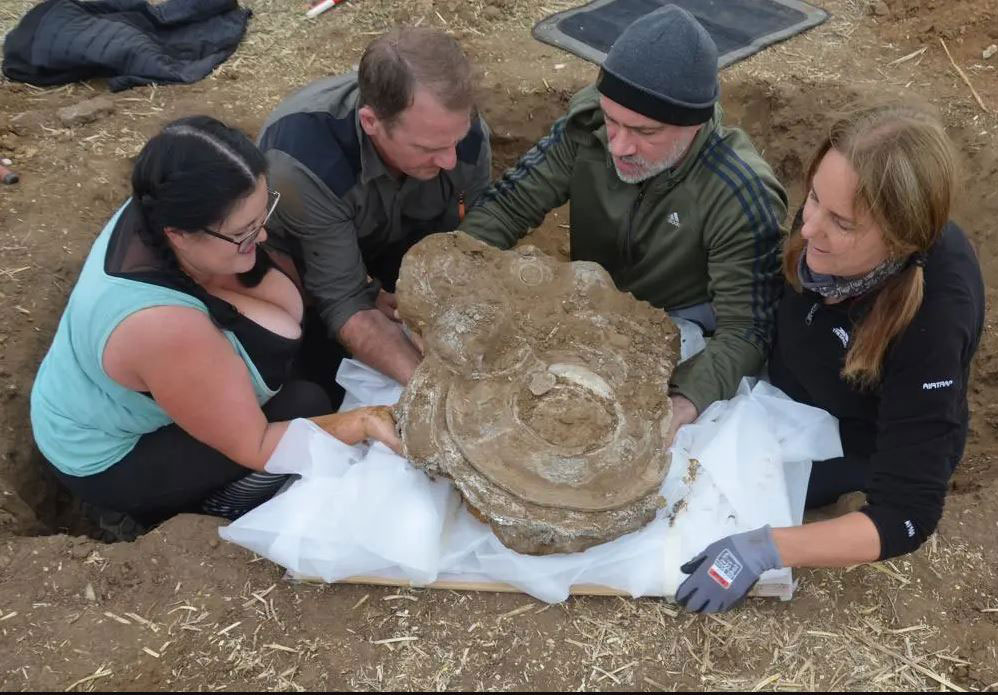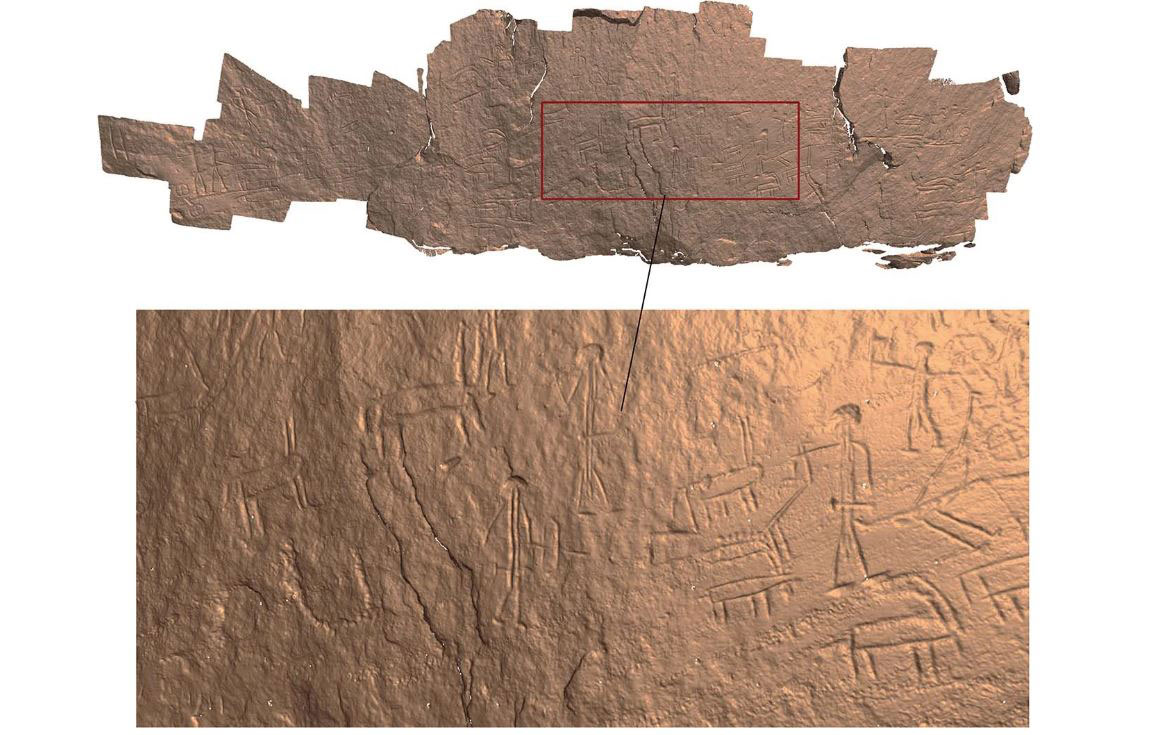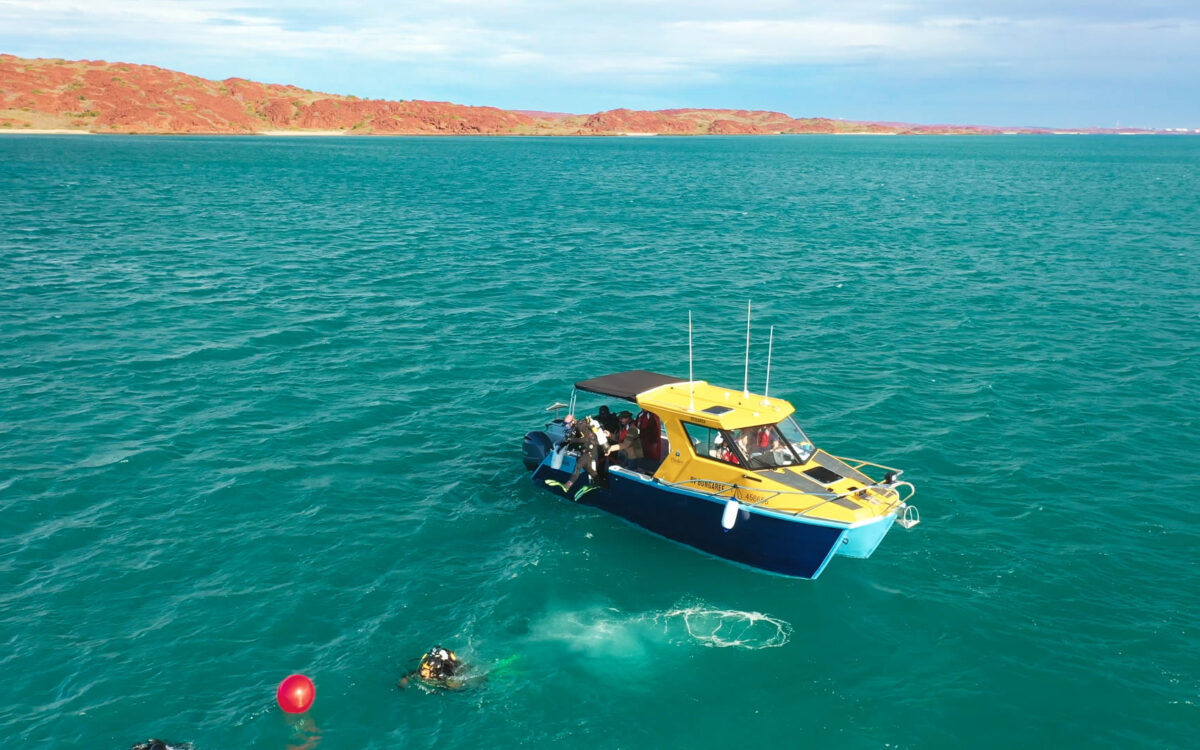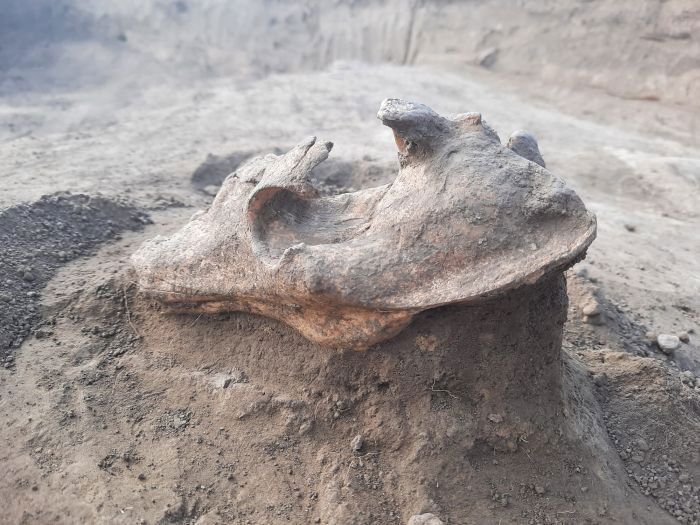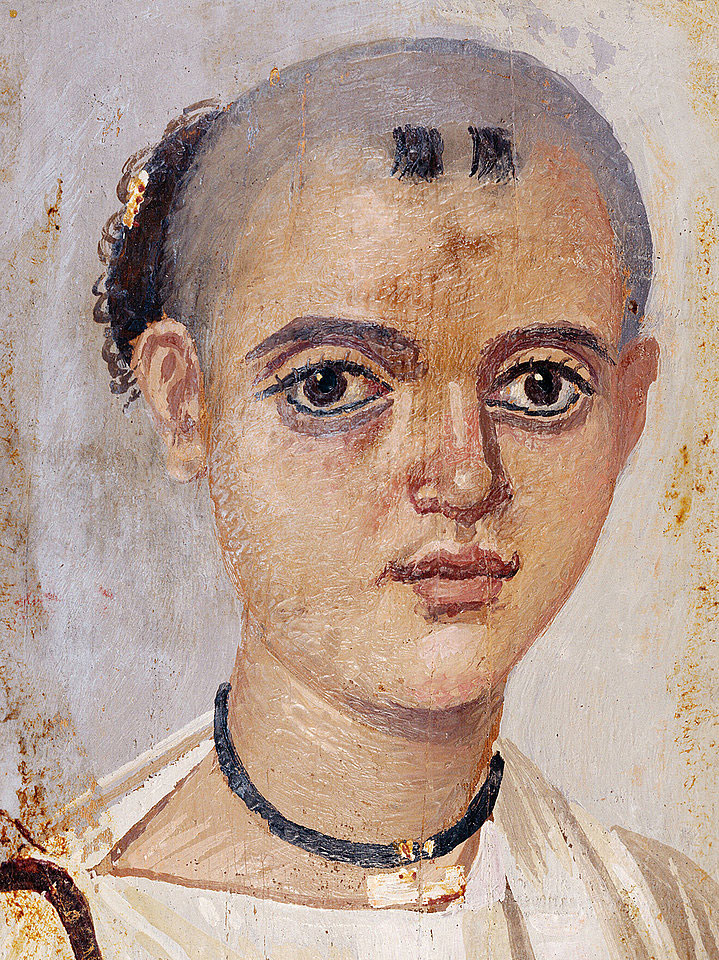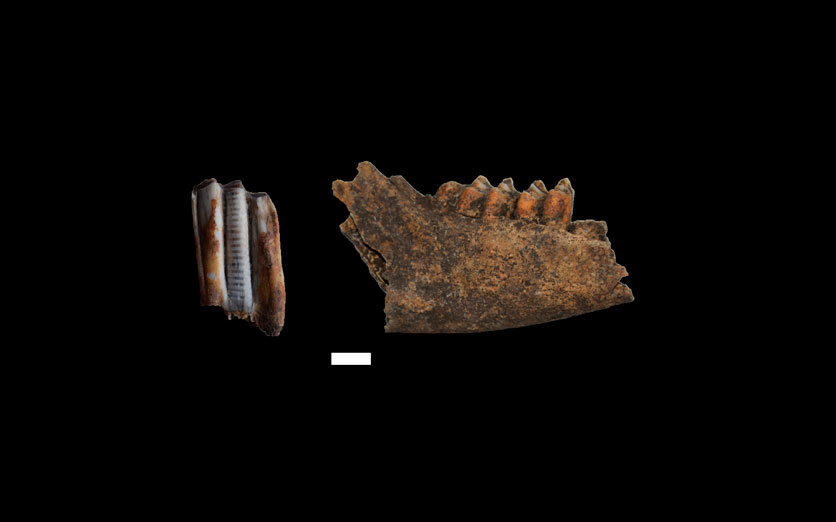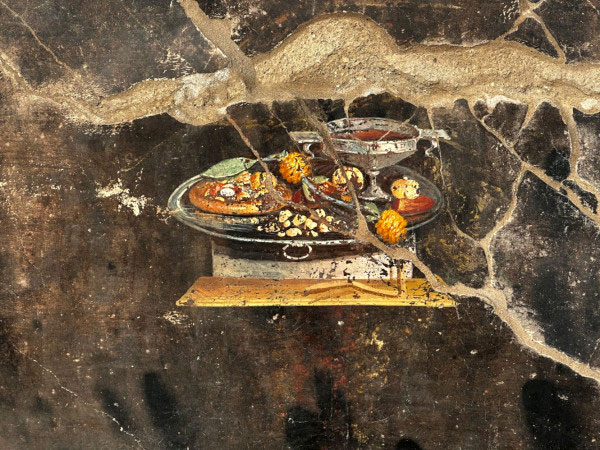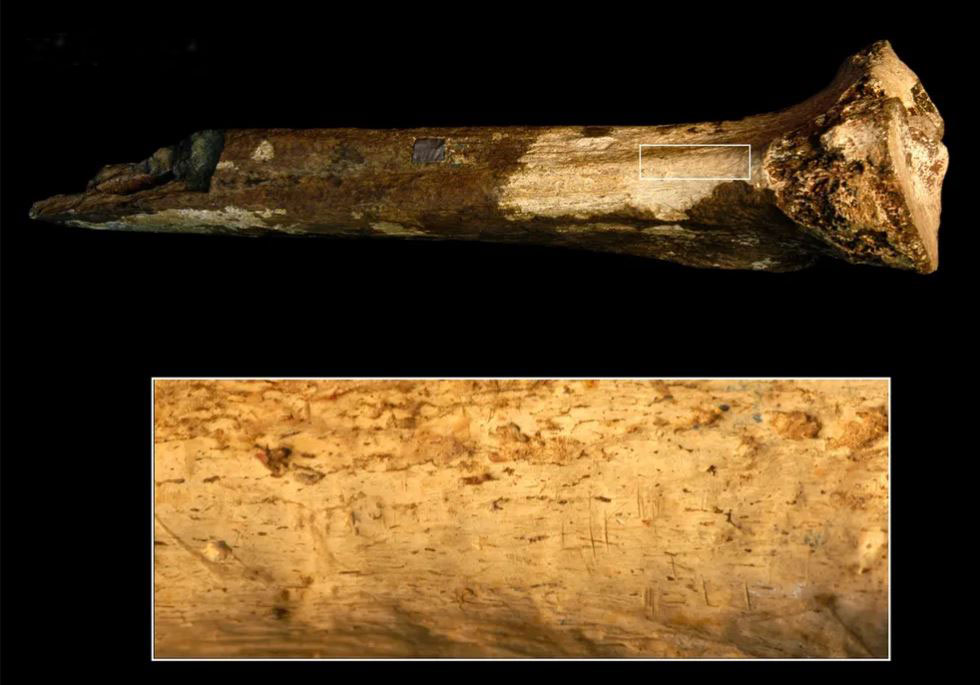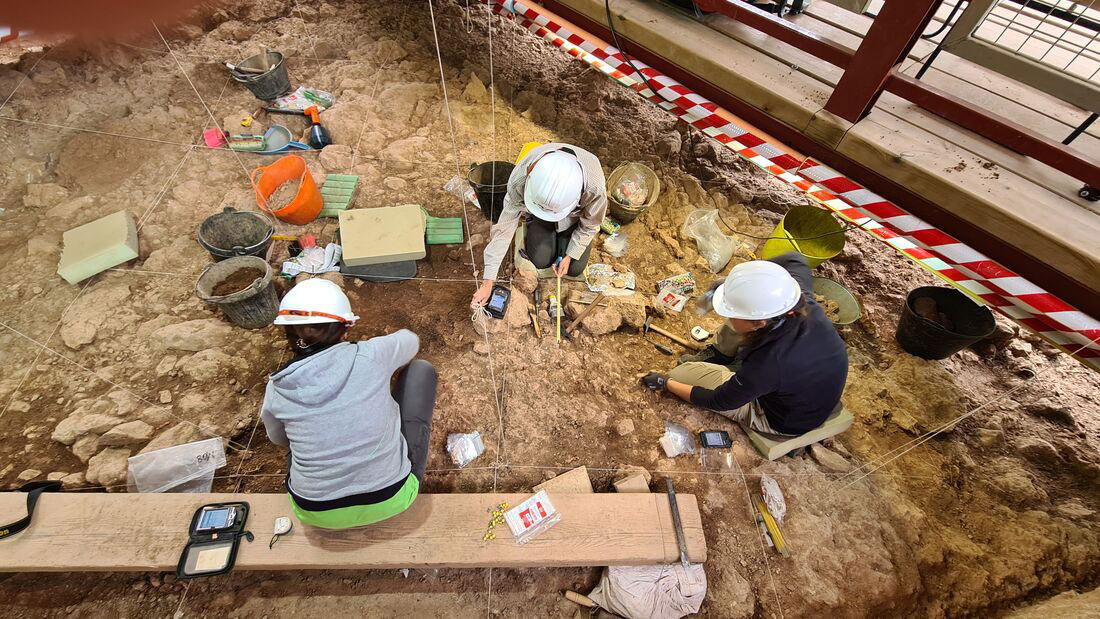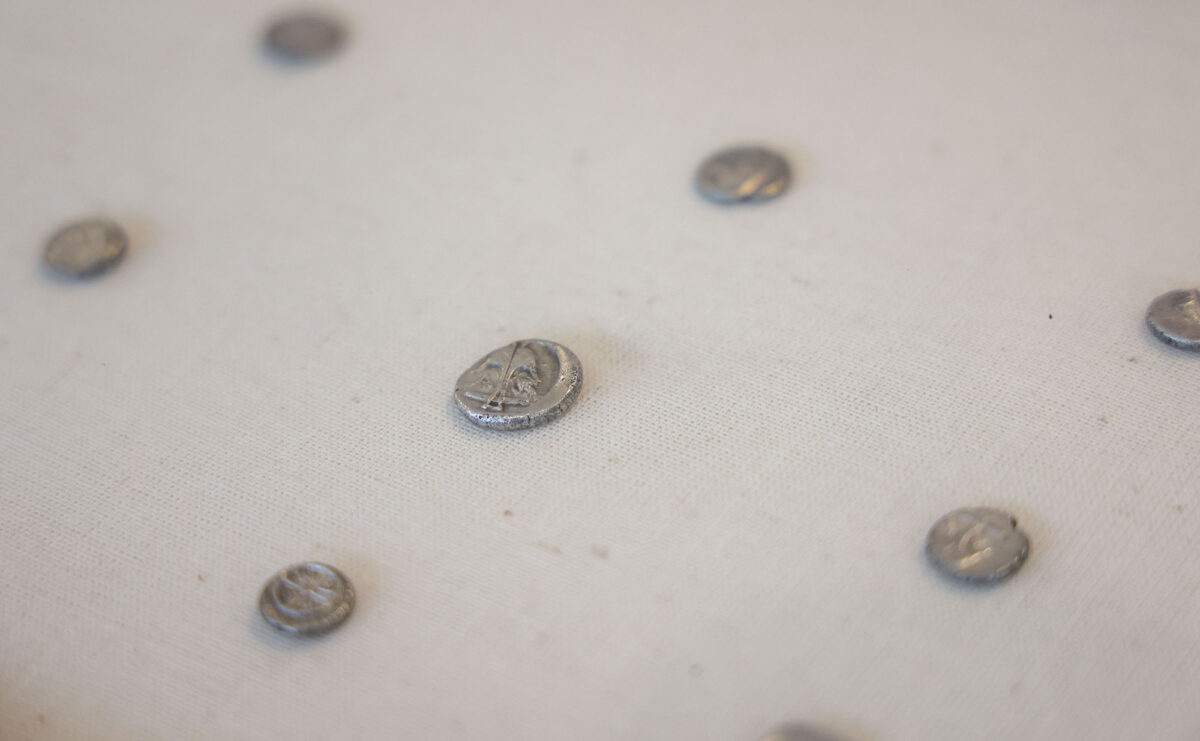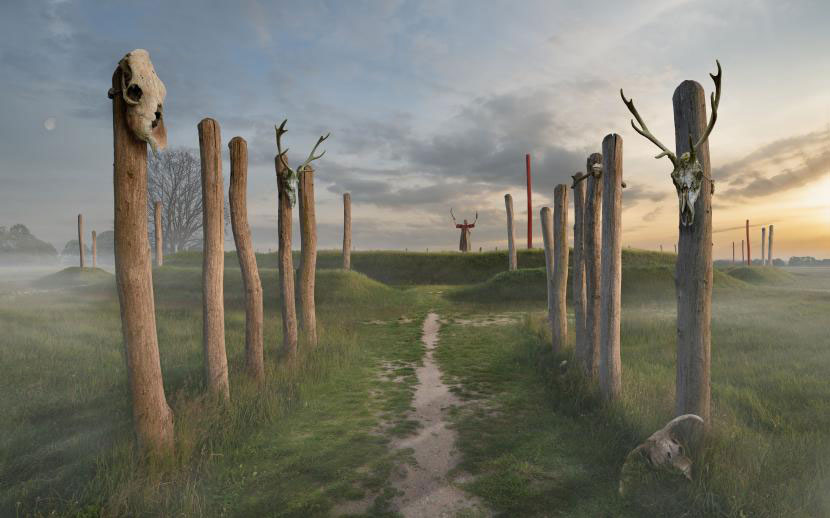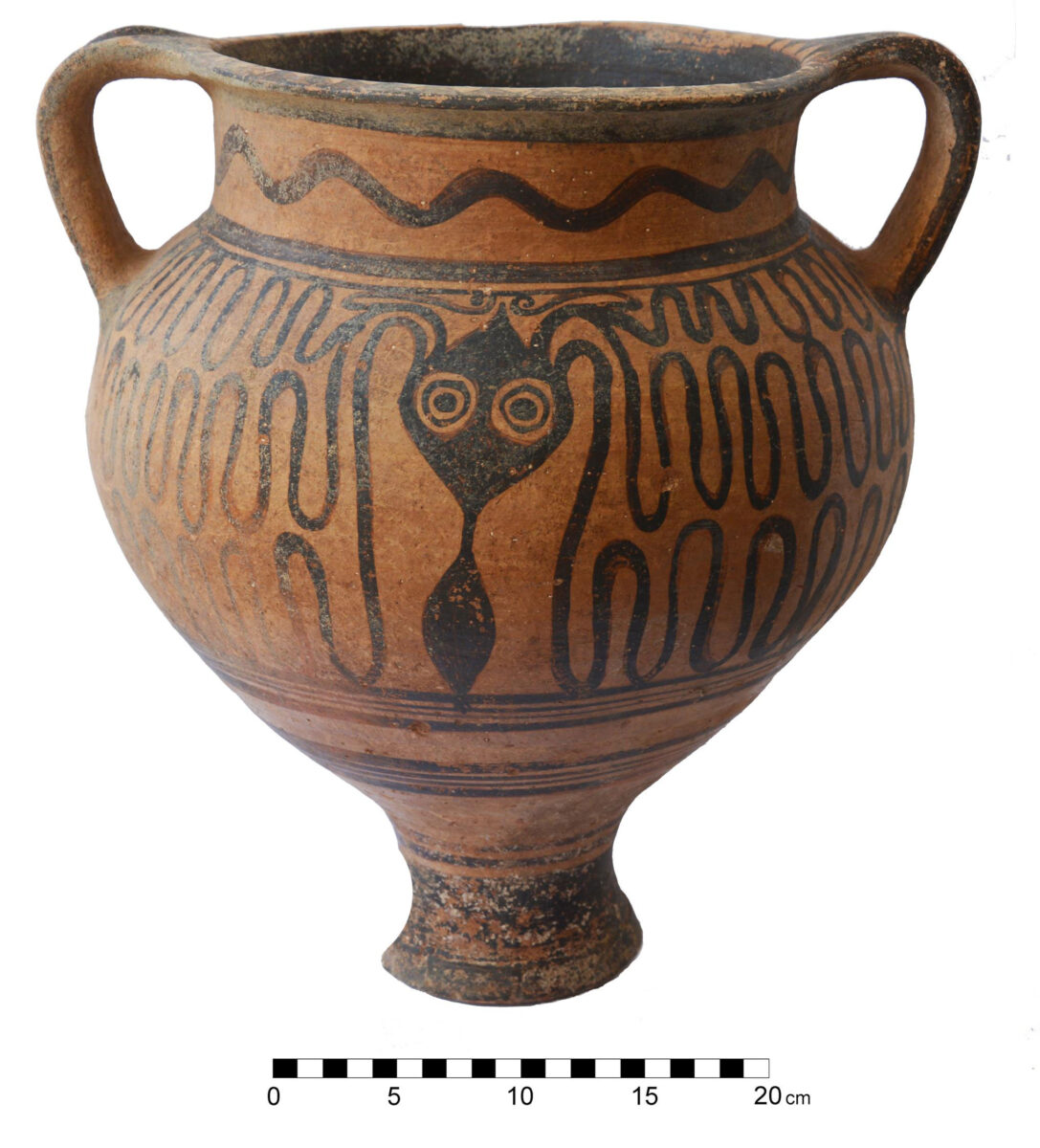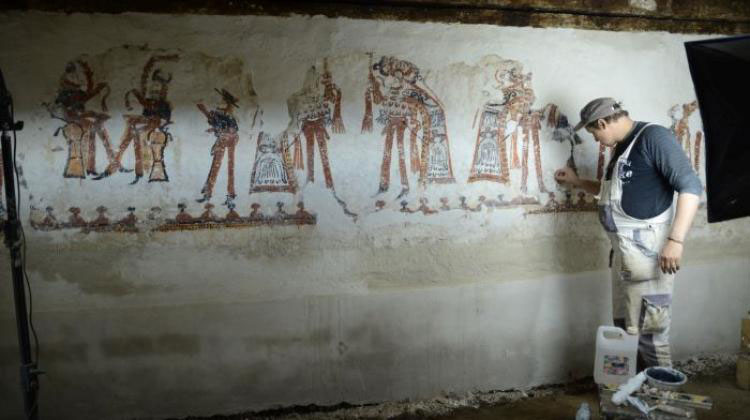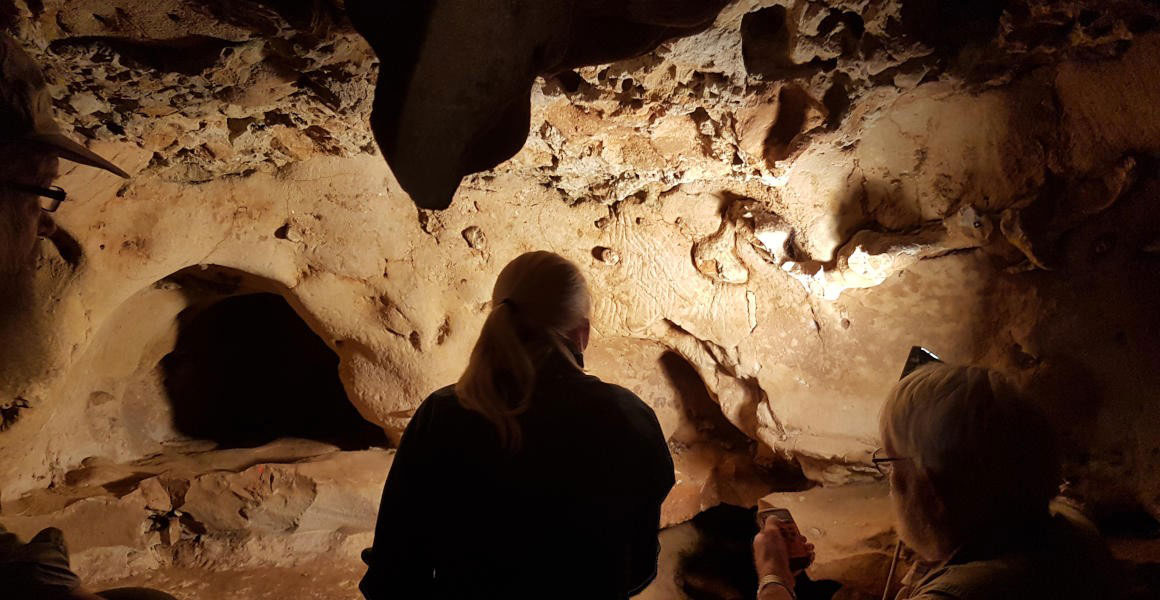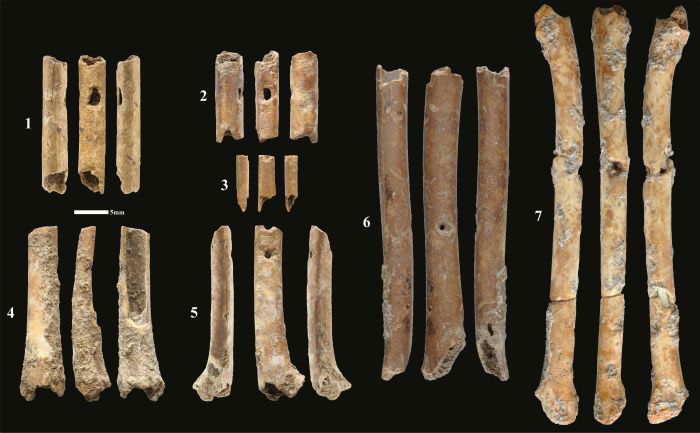The old grind just got a little older
An Italian study involving UdeM researchers shows new evidence that humans and Neanderthals milled flour as long as 43,000 years ago.
2023 Erimi-Pitharka excavations completed
The Department of Antiquities, Deputy Ministry of Culture, announces the completion of the 2023 fieldwork season at Erimi-Pitharka directed by Prof. Laerke Recht.
Nationally significant prehistoric site uncovered in Bedfordshire
MOLA archaeologists have discovered 25 monumental pits in what has become a nationally important prehistoric site.
Travel back to Ancient Greece in virtual reality
A new VR app takes users on a journey back in time to Ancient Greece where they are able to experience first-hand what it was like to consult with the Greek god Zeus at the Oracle of Dodona.
2,000-year-old Roman hoard discovered in Suffolk
A rare discovery of late Roman pewter plates, platters, bowls and a cup has been made in Euston, in the west of Suffolk.
The hunt is on for the Kingswood elephant
The archaeological investigation to identify the burial of the Kingswood elephant is due to take place in July 2023.
Ancient rock engravings unveil intriguing insights into human cultures
New ArchCUT3-D Technology Explores 3-D Micromorphological Characteristics of Engravings with Unprecedented Precision.
Discovery of more artefacts off West Australia’s coast
The new discovery of ancient stone artefacts at an underwater spring off the WA Pilbara coast has confirmed the location is a submerged archaeological site.
Wolf skull found in grave robber’s dig was meant to protect thieves
A wolf skull was supposed to protect robbers from the revenge of the spirit of the deceased buried in a great mound 2,000 years ago.
New methods for ancient texts
Magical texts of the Ancient Near East, Egypt and neighbouring regions are the focus of a new research group at the University of Würzburg.
In Leonardo’s shadow. Tapestries and ceremonies at the papal court
The exhibition focuses on two remarkable works from the Vatican Museums: the Leonardesque Last Supper tapestry (to whose making Leonardo might have personally contributed during his French years) and the baldachin of Clement VII, designed by Raphael's most important disciples and collaborators.
Specialization in sheep farming in early Neolithic communities
The specialization in sheep in the early Neolithic populations of Dalmatia, Croatia, may have been related to the rapid expansion of these communities.
Still-life with pizza-like dish uncovered at Pompeii
A fresco depicting still life, uncovered recently during the latest excavations at Insula 10 of the Regio IX area at Pompeii.
An Archaeology of Disability at the Canellopoulos Museum
The Canellopoulos Museum hosts the installation AN ARCHAEOLOGY OF DISABILITY, which was first exhibited at the Venice Biennale of Architecture in 2021.
Humans butchered and ate each other 1.45 million years ago
Telltale marks on a bone from an early human’s leg could be the earliest evidence of cannibalism.
Cannibalism among the Neanderthals of the Coves del Toll de Moià
The excavation campaign in the Cova de les Teixoneres has made it possible to recover two skull fragments of a 52,000-year-old juvenile Neanderthal.
Largest repatriation of ancient coins to Greece in recent HSI history
HSI Chicago returned stolen antiquities to Greek ambassador to US.
Archaeologists discover 4000 year old sanctuary with solar calendar in Tiel
A large sanctuary has been discovered in Tiel that is 4000 years old and was dedicated to the sun, just like in the English Stonehenge.
Excavations at Dromolaxia-Vyzakia (Hala Sultan Tekke)
The 2023 excavations at Dromolaxia-Vyzakia (Hala Sultan Tekke) by an international team have been completed.
Centuries old paintings of Guatemalan dancers and guitarists
Dancers in rich costumes and musicians playing drums, flutes and guitars can be found in paintings dating back several hundred years in houses in Chajul, Guatemala.
Oldest known Neanderthal engravings unearthed in French cave
Neanderthals might have been making some of Europe’s oldest art thousands of years before the arrival of humans.
New research project about the Viking warriors
The project will fit particularly well into the museum's research work in relation to the upcoming Museum of the Viking Age.
The first prehistoric wind instruments discovered in the Levant
Seven prehistoric wind instruments known as flutes, were recently identified by Franco-Israeli team at the prehistoric site of Eynan-Mallaha.
Laocoön and His Sons in Frankfurt
Goethe University’s Sculpture Hall has received a prominent addition: a true-to-original copy of the monumental statue of Laocoön and his sons.
